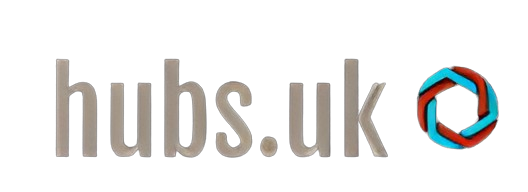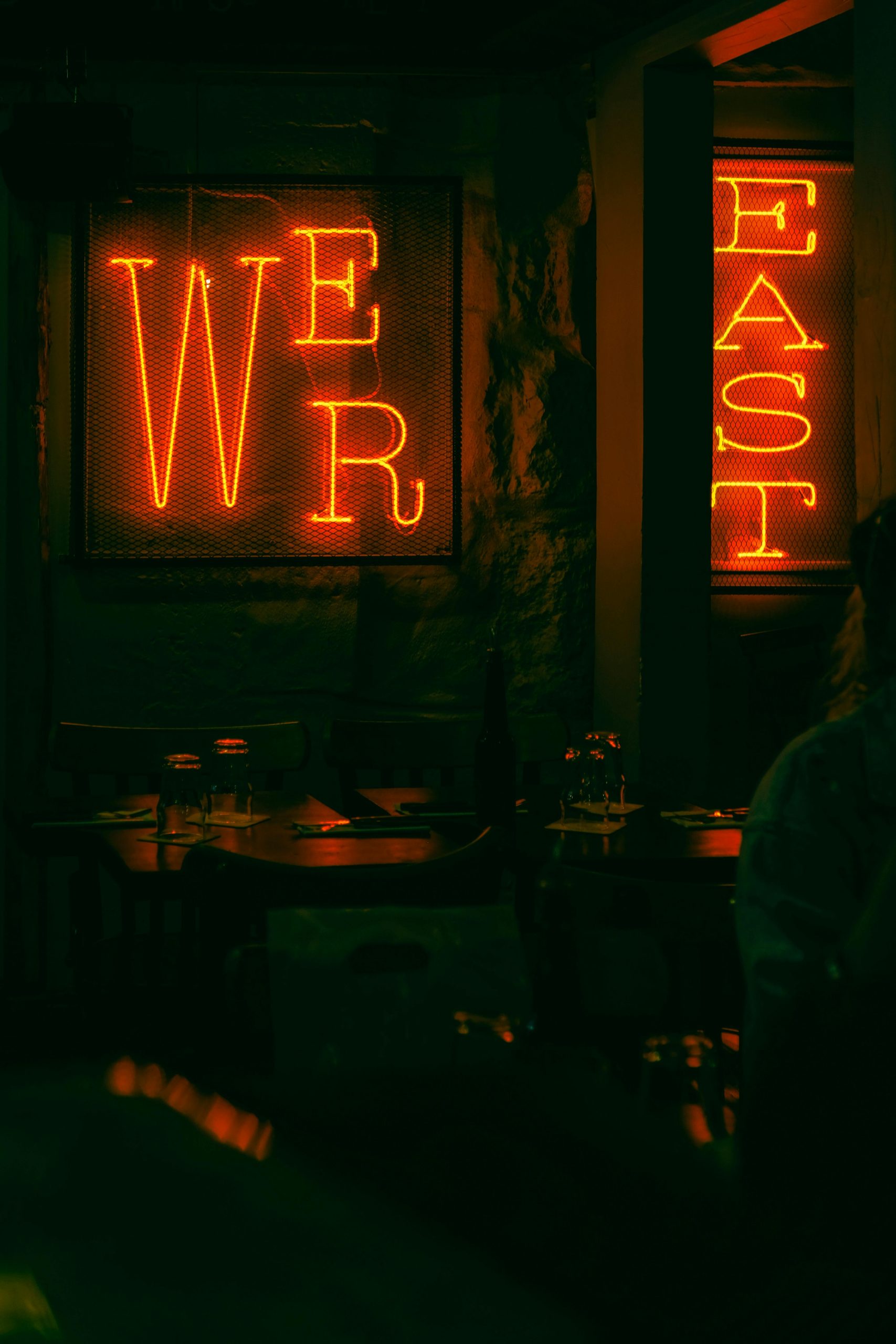Notable Growth in Impressions, Yet Clicks Decline Year Over Year
We’re operating in a highly competitive landscape that heavily relies on SEO, primarily alongside two major rivals. One of these competitors currently holds the top position for all our industry’s most valuable keywords, having spent years building a strong backlink profile that makes it tough to surpass them.
Over the past year, my efforts have successfully boosted our impressions for high-value terms significantly—upwards of 80,000 impressions per month compared to last year. However, we’ve seen a decline in clicks in some cases, despite an improved average ranking of 2-3 spots for many keywords across the site.
I suspect this trend may be due to the increasing prevalence of paid ads and AI-generated content dominating search engine results pages. I’m currently working to confirm this theory, but I would greatly appreciate any insights or thoughts from fellow experts on what might be causing this phenomenon.


2 responses to “Considerable increase in impressions alongside a drop in clicks year on year”
It’s great to hear about the significant increase in impressions—this indicates that your SEO efforts are indeed paying off in terms of visibility. However, the decrease in clicks despite higher impressions is definitely a concern that many in competitive spaces face.
Your hunch about paid and AI results influencing click-through rates (CTR) is very valid. Here are a few thoughts and factors you might consider:
Analyze the SERP Features: Take a closer look at the type of snippets, ads, and AI-generated results appearing for your target keywords. If there are rich snippets, local packs, or other SERP features taking up more real estate, it can significantly impact organic CTR.
Click-Through Rate Trends: Monitor the CTR for your high-value keywords. Tools like Google Search Console can help you analyze these trends. If your position has improved, yet CTR has decreased, it could indicate that users are shifting their clicks toward paid ads or other search features.
Evaluate Meta Titles and Descriptions: Ensure that your meta titles and descriptions are optimized. Even though you’ve improved your rankings, if your titles and descriptions are not compelling or relevant enough compared to competitors, users may choose not to click on your results.
User Intent Alignment: Ensure that your content aligns with the intent behind the search queries. As search engines become more sophisticated, content that directly addresses user intent is more likely to convert impressions into clicks.
Competitor Analysis: Since you have two main competitors, take a closer look at their content, backlink profiles, and how they might be answering user queries differently. Tools like Ahrefs or SEMrush can provide insights into competitor strategies and help identify gaps in your own.
A/B Testing: Consider A/B testing different titles, meta descriptions, or even content formats (like video vs. text) to determine what resonates more with your audience.
Monitor for Seasonality: If your industry has seasonal trends, it’s worth monitoring whether there are variations in user behavior based on time of year or current events.
Engagement Metrics: Analyze how users interact with your content once they land on your site. High bounce rates or low time on page might indicate that your content isn’t meeting their expectations, which can lead to decreased clicks in the future.
Ultimately, while the competition and changes in SERP dynamics pose challenges, your ability to adapt and refine your strategy based on these insights will be key. Keep experimenting and engaging with your community to find what works best!
This is a fascinating situation that many marketers are grappling with today! The rise in impressions combined with a decline in clicks raises some important questions about user behavior and the changing landscape of search engine results pages (SERPs).
Your hypothesis regarding paid ads and AI-generated content is certainly valid. With the increasing number of ads and featured snippets, organic results can be pushed further down, making it more challenging for users to notice and click on them. To add to your theory, I would encourage you to analyze click-through rates (CTR) for specific keywords. Are certain terms attracting more impressions but lower CTR? This could help identify if particular keywords are becoming saturated with ads or if user intent has shifted.
Additionally, consider the user experience on your site. While impressions and rankings are crucial, if the landing pages aren’t aligned with user expectations or if they fail to deliver value quickly, this could also contribute to decreased clicks.
Lastly, it might be worthwhile to experiment with your meta titles and descriptions to see if optimized or more engaging snippets could result in better CTR, particularly if you’re competing with paid content that offers compelling calls to action. Engaging, relevant content remains key, so perhaps consider strategies like leveraging rich snippets or enhancing your content with multimedia elements that can provide immediate value to users.
Keep experimenting and sharing your findings—it’s insights like yours that can truly guide our understanding in this evolving landscape!